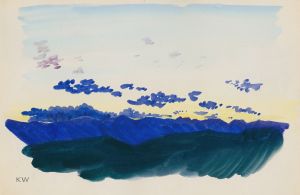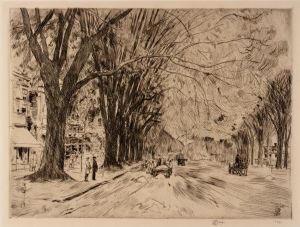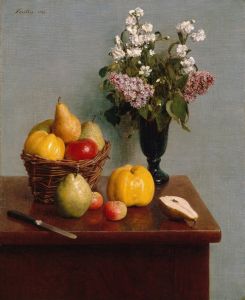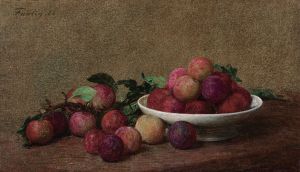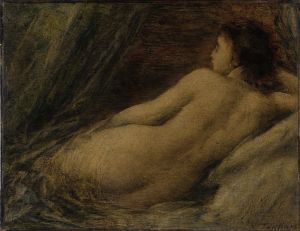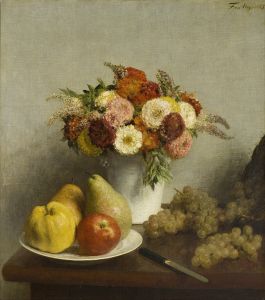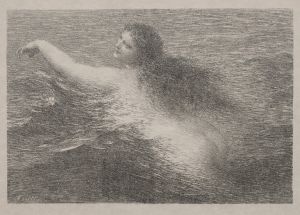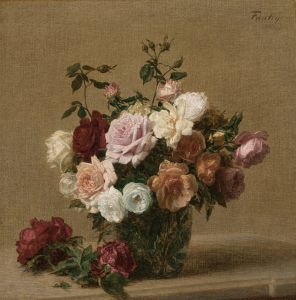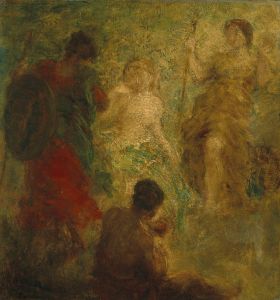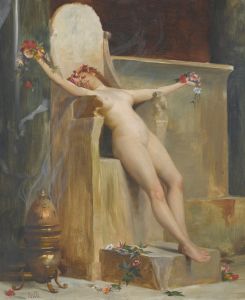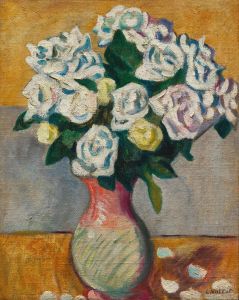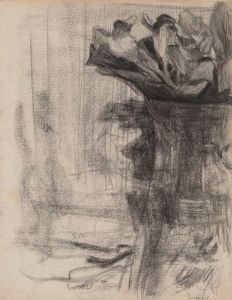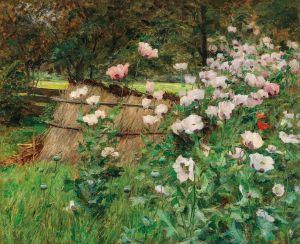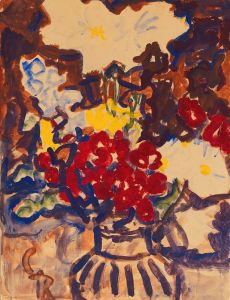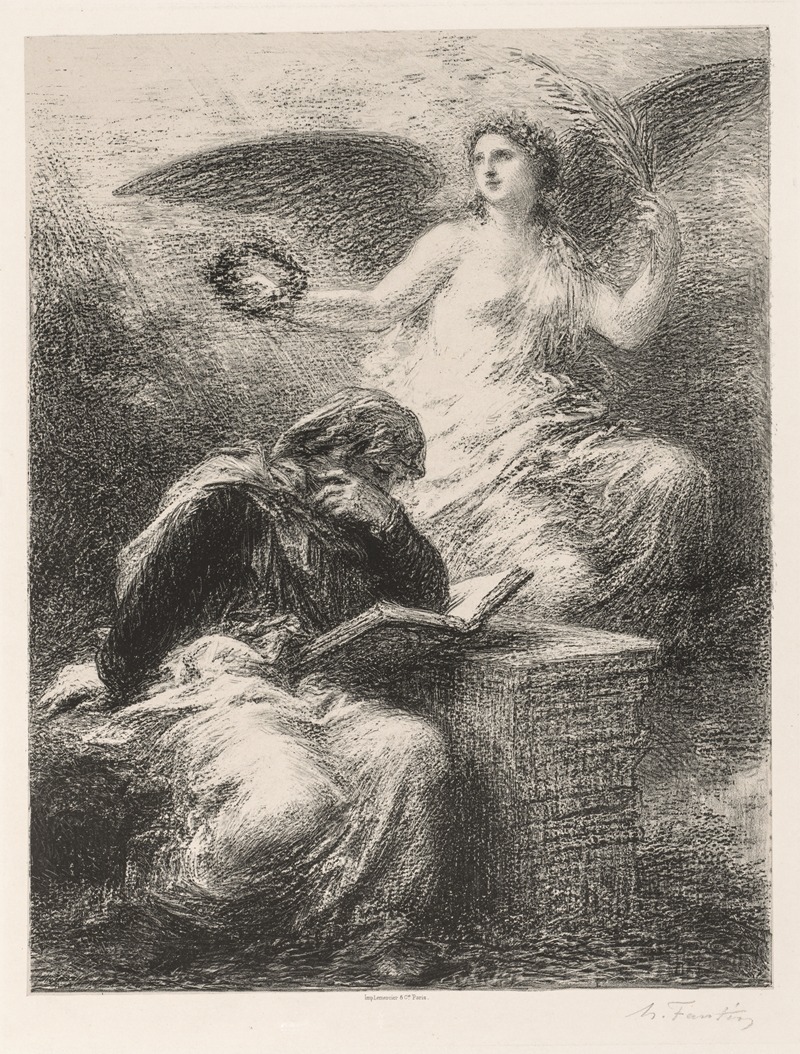
Glory
A hand-painted replica of Henri Fantin-Latour’s masterpiece Glory, meticulously crafted by professional artists to capture the true essence of the original. Each piece is created with museum-quality canvas and rare mineral pigments, carefully painted by experienced artists with delicate brushstrokes and rich, layered colors to perfectly recreate the texture of the original artwork. Unlike machine-printed reproductions, this hand-painted version brings the painting to life, infused with the artist’s emotions and skill in every stroke. Whether for personal collection or home decoration, it instantly elevates the artistic atmosphere of any space.
Henri Fantin-Latour, a renowned French painter and lithographer, is celebrated for his exquisite still lifes and group portraits of Parisian artists and writers. One of his notable works is "Glory," a painting that exemplifies his mastery in composition and his dedication to capturing the essence of his subjects with precision and sensitivity.
"Glory" is a testament to Fantin-Latour's ability to blend realism with a subtle sense of symbolism. While specific details about this particular painting are scarce, Fantin-Latour's broader body of work provides context for understanding his artistic approach and thematic interests. Known for his meticulous attention to detail and his skillful use of color and light, Fantin-Latour often explored themes of beauty, nature, and the interplay between reality and imagination.
Fantin-Latour was part of the artistic milieu of 19th-century Paris, a period marked by significant developments in art and culture. He was associated with many prominent figures of the time, including the Impressionists, although his style remained distinct from theirs. Unlike the Impressionists, who focused on capturing the fleeting effects of light and color, Fantin-Latour's work was characterized by a more traditional approach, emphasizing clarity and form.
His still lifes, in particular, are celebrated for their serene beauty and technical precision. These works often feature arrangements of flowers, fruit, and other objects, rendered with a remarkable degree of realism. Fantin-Latour's ability to convey texture and depth in his still lifes is a testament to his keen observational skills and his dedication to his craft.
In addition to still lifes, Fantin-Latour is known for his portraits and group compositions, which often depict his contemporaries in the art and literary worlds. These works serve as a visual record of the vibrant cultural scene in Paris during his lifetime. Fantin-Latour's portraits are noted for their psychological depth and the way they capture the personalities of his subjects.
"Glory," like many of Fantin-Latour's works, likely reflects his interest in the intersection of reality and idealism. His paintings often convey a sense of quiet introspection, inviting viewers to contemplate the beauty and complexity of the world around them. Through his art, Fantin-Latour sought to transcend the ordinary and reveal the underlying harmony and elegance of his subjects.
While specific information about "Glory" is limited, it can be appreciated within the broader context of Fantin-Latour's oeuvre. His work continues to be celebrated for its technical excellence and its ability to evoke a sense of timeless beauty. Fantin-Latour's paintings are held in high regard by art historians and collectors alike, and they remain an important part of the legacy of 19th-century French art.
Overall, Henri Fantin-Latour's "Glory" exemplifies the artist's commitment to capturing the essence of his subjects with precision and grace. Through his meticulous technique and thoughtful compositions, Fantin-Latour has left an indelible mark on the art world, and his works continue to inspire and captivate audiences today.





